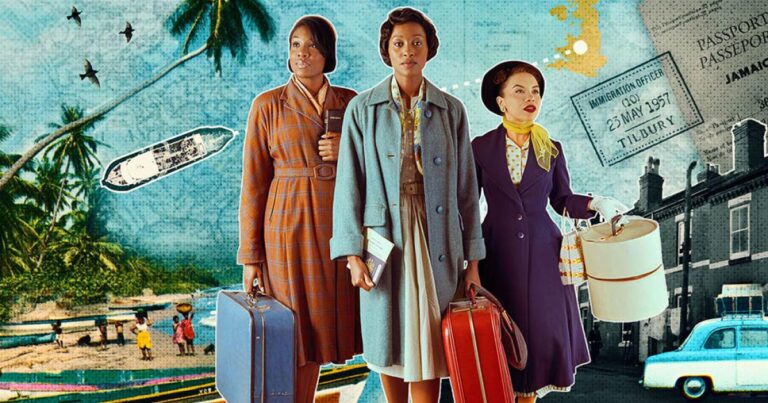A World In Common : Contemporary African Photography at London’s Tate Modern takes a dazzling microscope to the fastest-growing continent on Earth- through the lenses of 36 talented photographers…
If you’re within travelling distance of London and haven’t made it to the Tate Modern’s new exhibition, A World In Common, do your best to rectify the situation – because it is stunning.
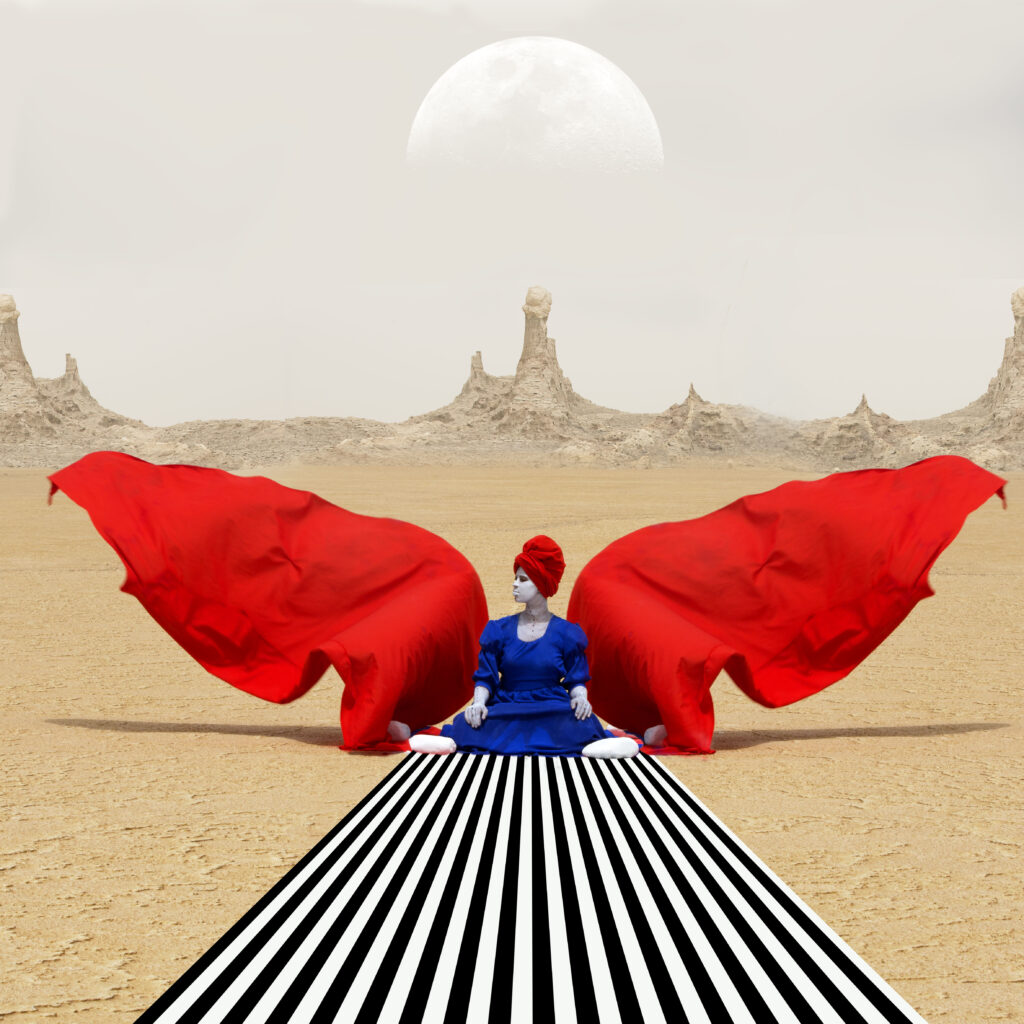
A World In Common, one of the most ambitious exhibitions of its kind, deals with serious issues, but it is also a thing of beauty. It represents Africa, with its diverse population now standing at one billion, in every way.
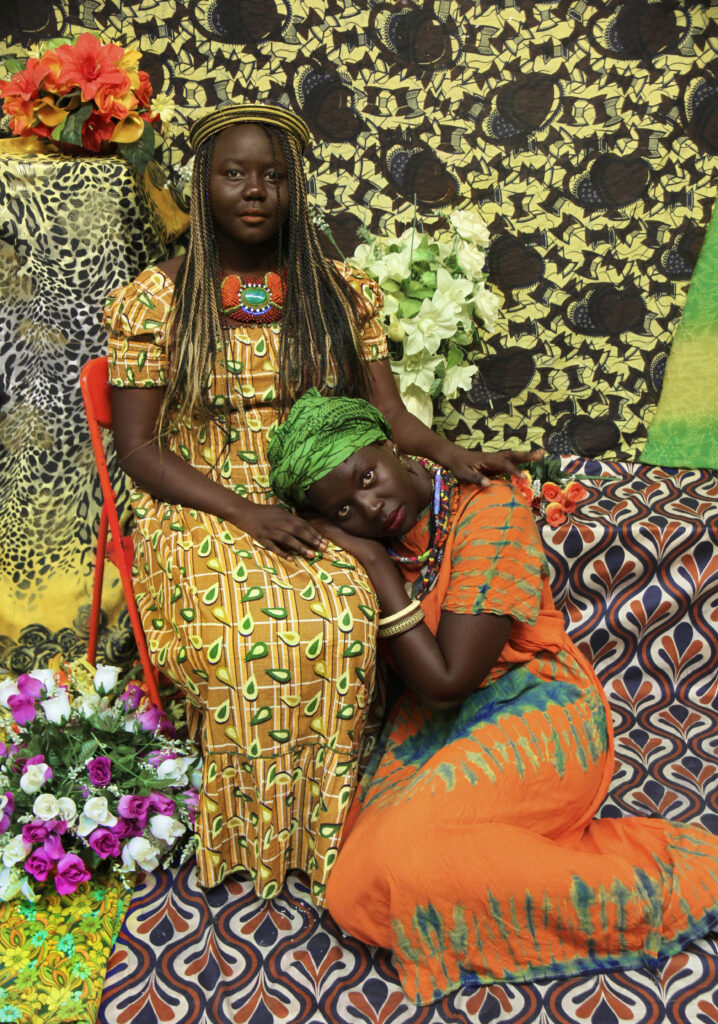
Its chequered but colourful past, its present, its future, its diaspora and its mind-blowingly different facets, in a series of contemporary photographs by 36 artists, some famous, some lesser known. The resulting collection will sadden, enlighten and lift the soul.
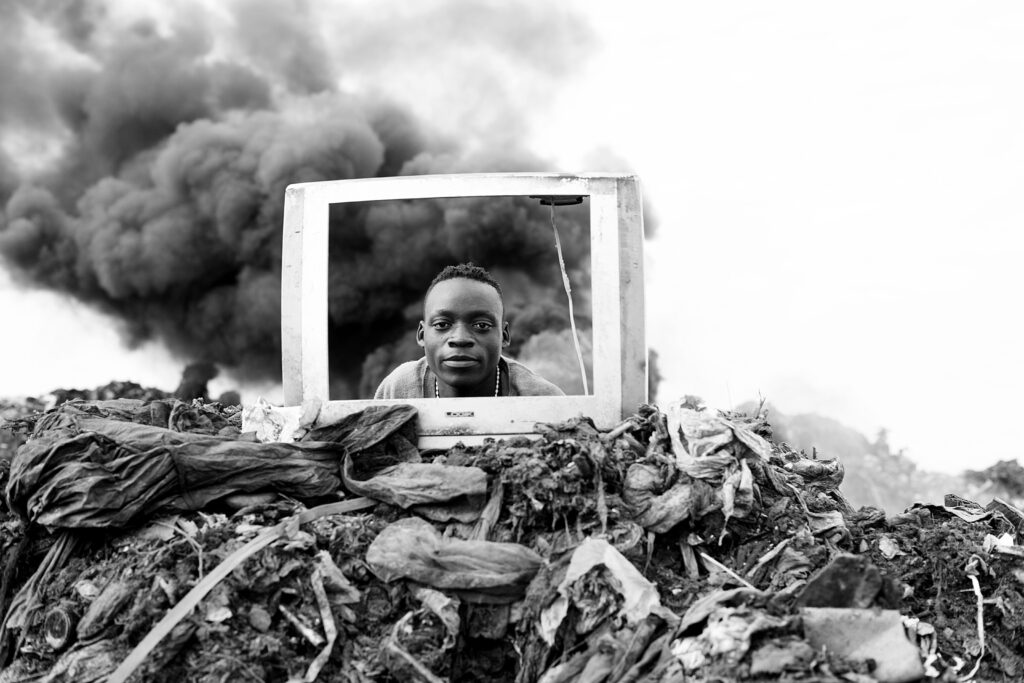
Dazzling images include gay picnics in South Africa, Mauritian migrations attempting to make It to the Med, girl biker gangs in Marrakech and bustling streets in the huge metropolis of Kinshasa.
Of note are George Osodi’s stunning portraits of kings and queens in present-day Nigeria, monarchs we know little of here in the West, providing an elegant, exhilarating burst of colour – and history.
The black and white shots of Mário Macilau, often depicting with great dignity the more marginalised people of his home country, are striking, too.
The photographer started out working in the markets of Mozambique when he first got a hold of a camera, aged 14.
He said in 2015, “I started to take photographs of my surroundings, documenting people from the townships as they travelled to the city to sell their things. They were black-and-white photos, which I developed in a darkroom I made in my mother’s house…’
Another striking selection comes from the esteemed James Barnor and his legendary Ever Young studio in Accra. One of his joyous subjects, in post-independence, 50s Ghana is a porky baby pushing itself up proudly. Another, a young yogi pushing his body into an impossible position.
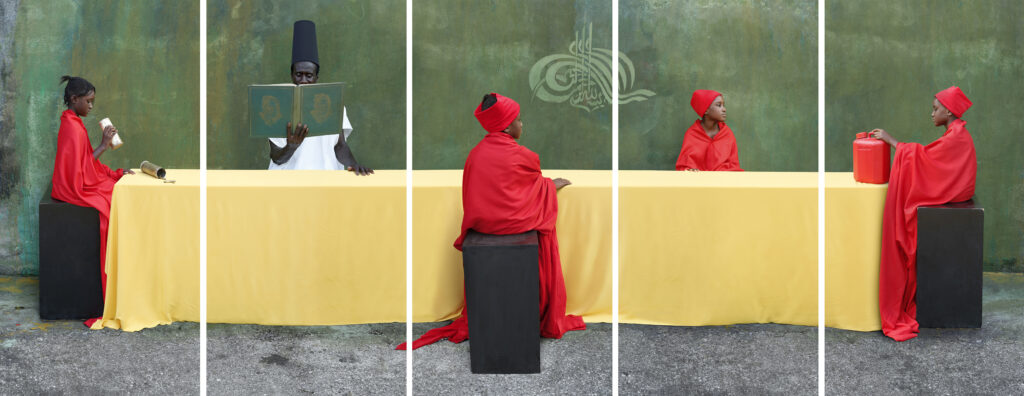
Though the subject matter is broad, the primary focus of this exhibition is the human figure.
In one section on studio photography, we see anonymous Victorian portraits of Black families in South Africa commissioned 50 years before apartheid was brought.
Part of a slideshow by Santu Mofokeng, he asks us to imagine the lives of these people, and the cultural context, in one slide asking: “Are these images evidence of mental colonisation or did they serve to challenge prevailing images of ‘The African’ in the Western world?”
Elsewhere, photographer Ruth Ginika Ossai’s work takes us to modern Nigeria, where we see groups of friends posing against a popping cinematic backdrop, including nurses having a giggle with a receptionist’s telephone and teenage boys doing their best to look street cool.
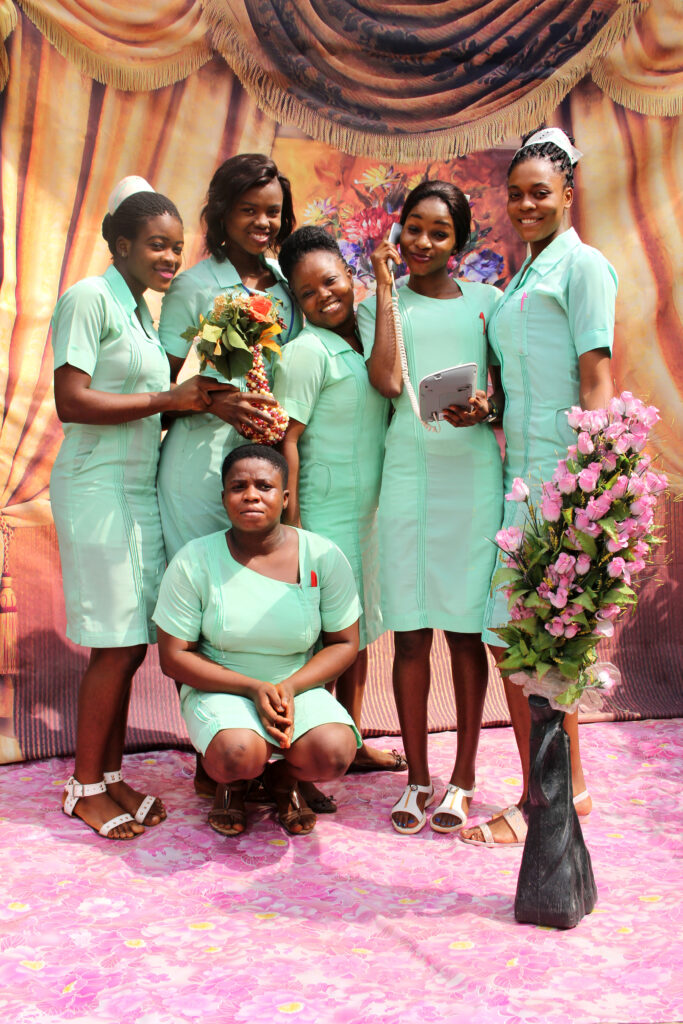
This fabulous exhibition has managed an almost unimaginable feat, gathering depictions of such a vast continent together in a way that brings its people and culture into sharp focus in a cohesive, powerful way. Not to be missed.
A World in Common: Contemporary African Photography is at Tate Modern, London SE1, until 14 January. See www.tate.org.uk/whats-on/tate-modern/contemporary-african-photography-a-world-in-common for tickets.




